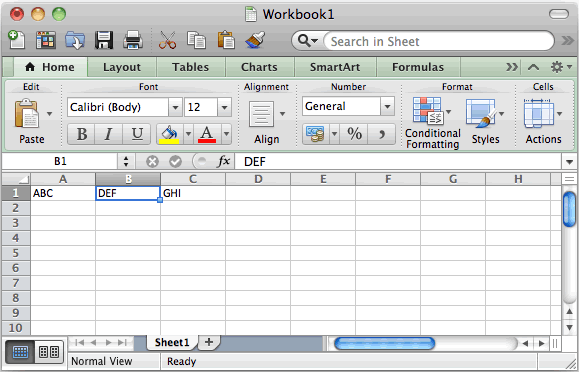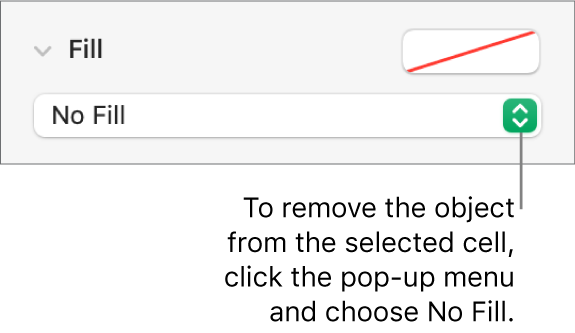

Dynamic arrays: Rather than passing a single value into a function, you can pass an array of values, and functions can also return arrays of values.You are not restricted to just numbers and text. To give your LAMBDA a name so it can be reused, you have to use the Name Manager (Ctrl+F3 or go to Formulas > Name Manager on the Ribbon): That’s because it’s not quite as simple as that. This is a very exciting formula in which we have x as the argument (oh no it isn’t, oh yes it is - see, I told you it was an argument), which you may pass in when calling the LAMBDA, and x+1 is the logic/operation to be performed.įor example, if you were to call the LAMBDA function above and define x as equal to five (5), then Excel would calculate 5 + 1 = 6, right? Consider the following formula: =LAMBDA(x, x+1). There are three key pieces of =LAMBDA to understand: The syntax of LAMBDA is perhaps not the most informative: LAMBDA(parameter_or_calculation, …) It offers convenience and reduces the risk of errors. Create libraries for any pieces of logic you plan to use multiple times. With LAMBDA, you have reuse and composability.

This can make it hard for others to read and understand what’s going on, put you more at risk of errors, and make it hard to find and fix the errors. One of the more challenging parts of working with formulas in Excel is that you often get fairly complex formulas that are reused numerous times through the sheet (often by just copying/pasting). This is what makes LAMBDA functions so powerful (again, see below). This is something that before was only possible in Excel through script (like VBA/JavaScript). This is known as “recursion”, and this is what “completes” Excel. If you create such a LAMBDA called CUSTOM1, you can call CUSTOM1 within the definition of CUSTOM1. Then, anywhere in your Excel workbook, you can refer to CUSTOM1, reusing that custom function throughout your sheet. With LAMBDA, you can take any formula you’ve built in Excel and wrap it up in a LAMBDA function and give it a name (like “ CUSTOM1”). And as Microsoft states: “For folks with a computer science background, you’re probably already familiar with the concept of lambdas, and the introduction of LAMBDA makes the Excel formula language Turing Complete.” You can now sleep at night. Moreover, one function can call another (including itself), so there is no limit to the power you can deploy with a single function call. In Office 365 Beta, LAMBDA allows you to define a custom function in Excel’s very own formula language. It’s user-defined functions without a Ph.D. Simply put, LAMBDA allows you to define your own custom functions using Excel’s formula language. If this means nothing to you and you are now possessing a glazed expression, don’t worry, welcome to my world. He coined the term as part of lambda calculus, in which all functions were deemed “anonymous”, ie, one that is not bound to an identifier. The name dates back to Alonzo Church, a mathematician and logician who made major contributions to mathematical logic and the foundations of theoretical computer science. Confusingly, LAMBDA has nothing whatsoever to do with previous Greek-named functions such as BETA and GAMMA.


 0 kommentar(er)
0 kommentar(er)
